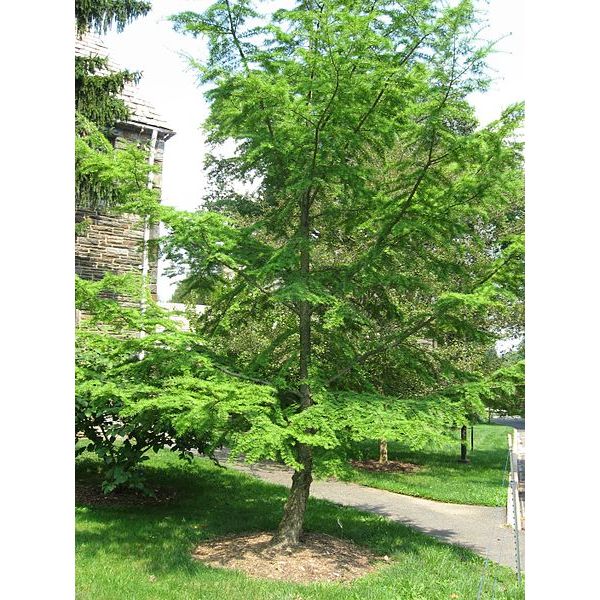Golden Larch Seeds (Pseudolarix Amabilis)
Golden Larch Seeds (Pseudolarix Amabilis)
Pseudolarix is a monotypic genus of conifer in the family Pinaceae.

Delivery
All orders shipped with UPS Express.
Always free shipping for orders over US $250.
All orders are shipped with a UPS tracking number.
Returns
Items returned within 14 days of their original shipment date in same as new condition will be eligible for a full refund or store credit.
Refunds will be charged back to the original form of payment used for purchase.
Customer is responsible for shipping charges when making returns and shipping/handling fees of original purchase is non-refundable.
All sale items are final purchases.
Help
Give us a shout if you have any other questions and/or concerns.
Email: contact@domain.com
Phone: +1 (23) 456 789
Availability: Out of stock
SKU
Pseudolarix Amabilis
Pseudolarix is a monotypic genus of conifer in the family Pinaceae. The sole species, Pseudolarix amabilis, is commonly known as the golden larch, though it is not a true larch (Larix), being more closely related to Keteleeria, Abies and Cedrus. It is native to eastern China, occurring in small areas in the mountains of southern Anhui, Zhejiang, Fujian, Jiangxi, Hunan, Hubei and eastern Sichuan, at altitudes of 100?1,500 m (328?4,921 ft).
Golden larch is sometimes known under an old scientific name Pseudolarix kaempferi, but this may cause confusion with Larix kaempferi, the Japanese larch.
Golden larch is a very attractive ornamental tree for parks and large gardens. Unlike the true larches, it is very tolerant of summer heat and humidity, growing very successfully in the southeastern United States where most larches and firs do not succeed. In Europe growth is most successful in the Mediterranean region with notable specimens in northern Italy; further north in the United Kingdom it will grow, but only very slowly due to the cooler summers.
This plant has gained the Royal Horticultural Society's Award of Garden Merit.
| Label | Pseudolarix amabilis |
|---|---|
| Common name | Golden Larch |
| Family | Pinaceae |
| Genus | Pseudolarix |
| Species | Pseudolarix amabilis |
| Therapeutic uses | Golden Larch is one of the 50 fundamental herbs used in Chinese herbology,[citation needed] where it is called j?n qi n s?ng (Chinese: ???). Pseudolarix amabilis is used in traditional Chinese medicine as dermatologic antifungal remedy. |
| Germination | It is a deciduous coniferous tree reaching 30?40 m (98?131 ft) tall, with a broad conic crown. The shoots are dimorphic, with long shoots and short shoots similar to a larch, though the short shoots are not so markedly short, lengthening about 5 mm annually. The leaves are bright green, 3?6 cm long and 2?3 mm broad, with two glaucous stomatal bands on the underside; they turn a brilliant golden yellow before falling in the autumn, hence the common name. The leaves are arranged spirally, widely spaced on long shoots, and in a dense whorl on the short shoots. The cones are distinctive, superficially resembling a small globe artichoke, 4?7 cm long and 4?6 cm broad, with pointed triangular scales; they mature about 7 months after pollination, when (like fir and cedar cones) they disintegrate to release the winged seeds. The male cones, as in Keteleeria, are produced in umbels of several together in one bud. |
| Price View | Price Range |

